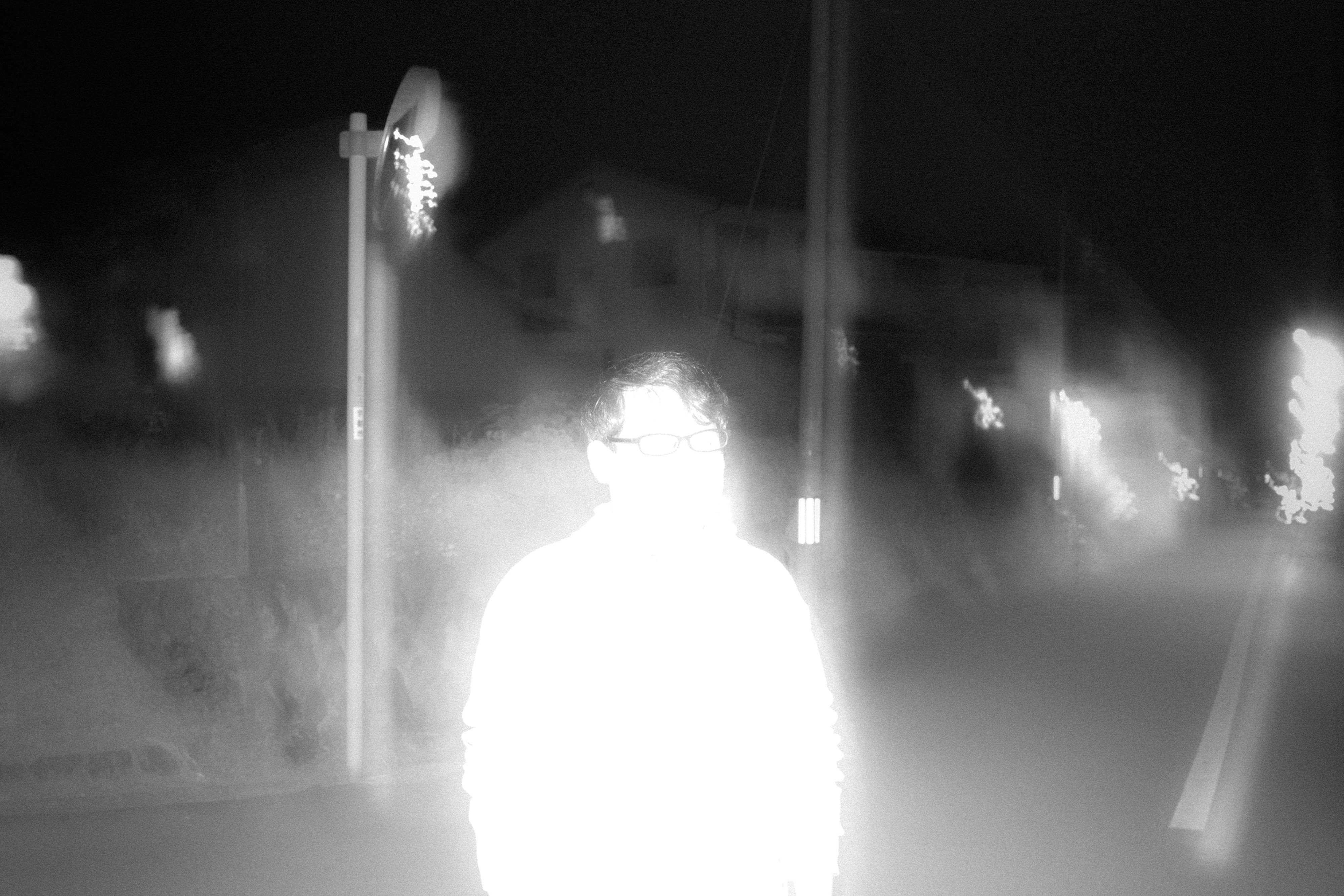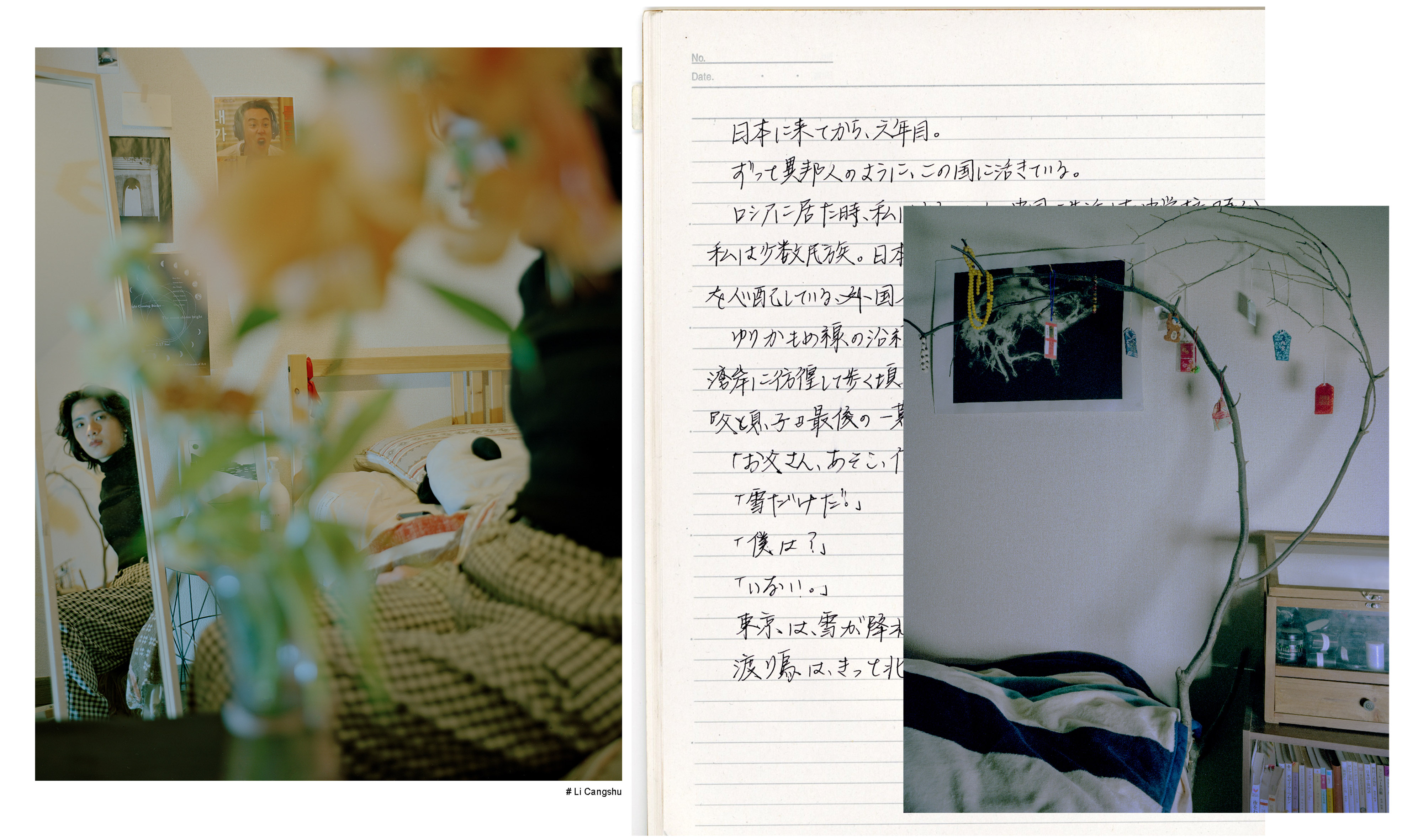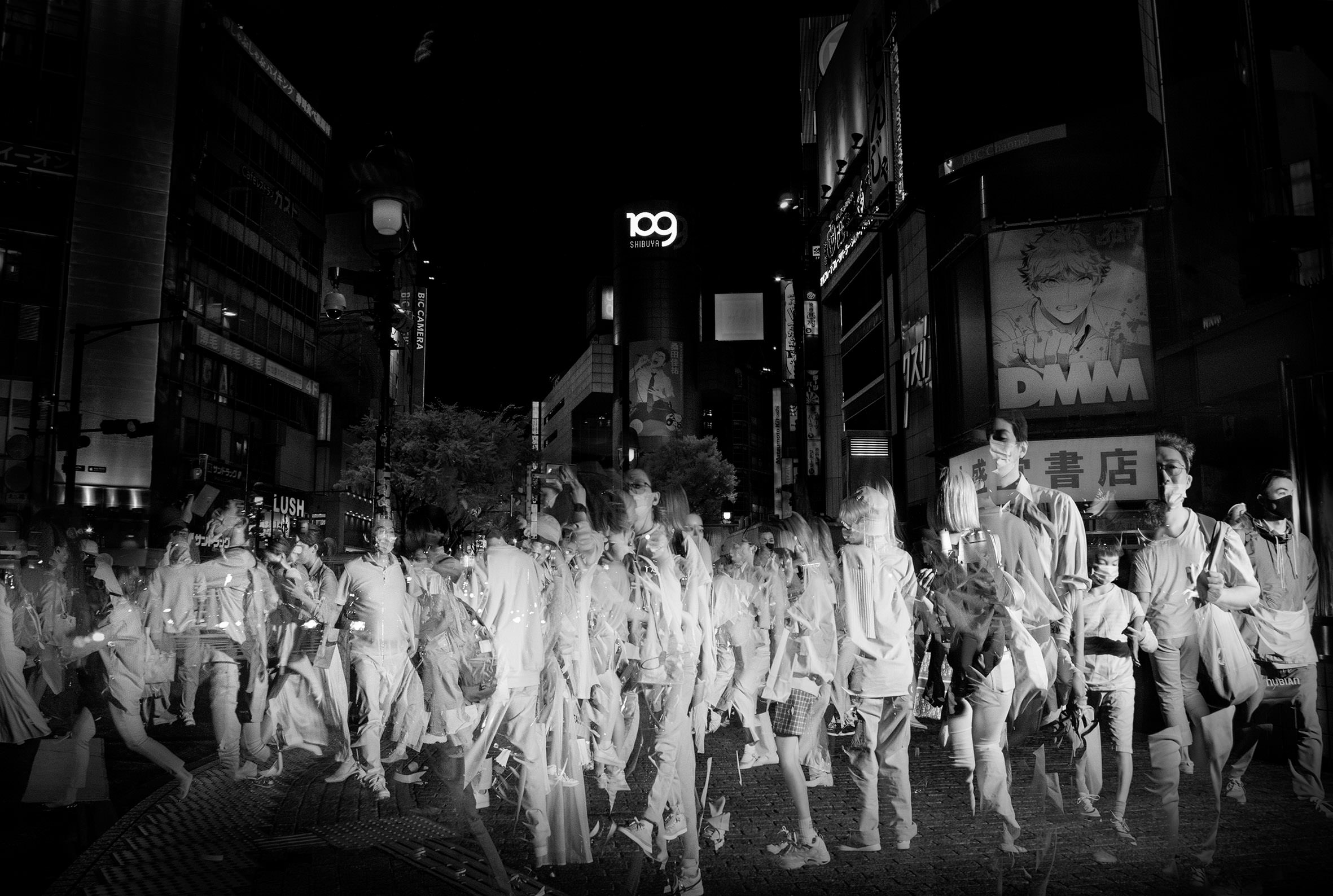A2

Now and 1000 years ago on the same land
Noriko Takasugi
©NorikoTakasugi
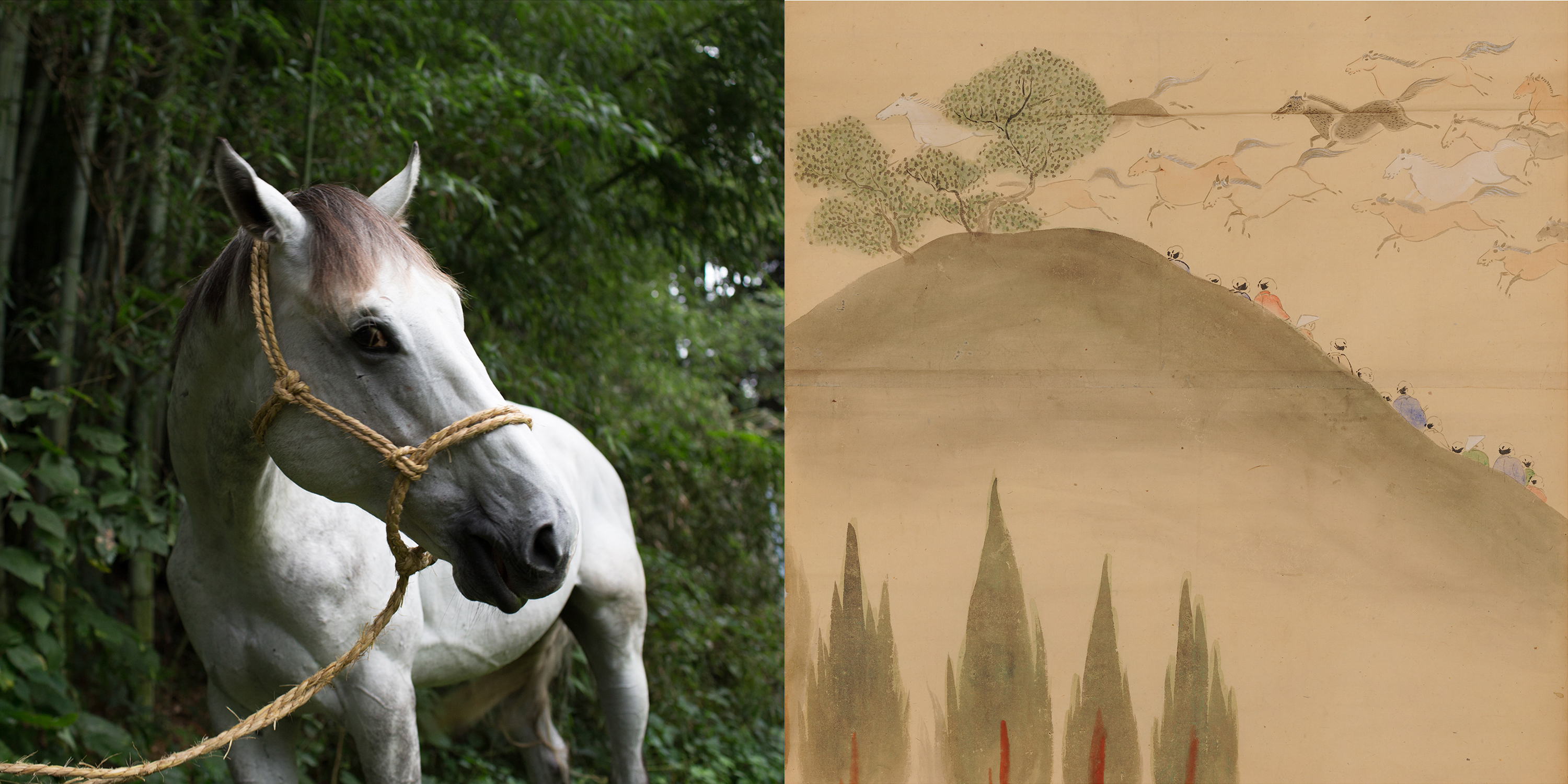

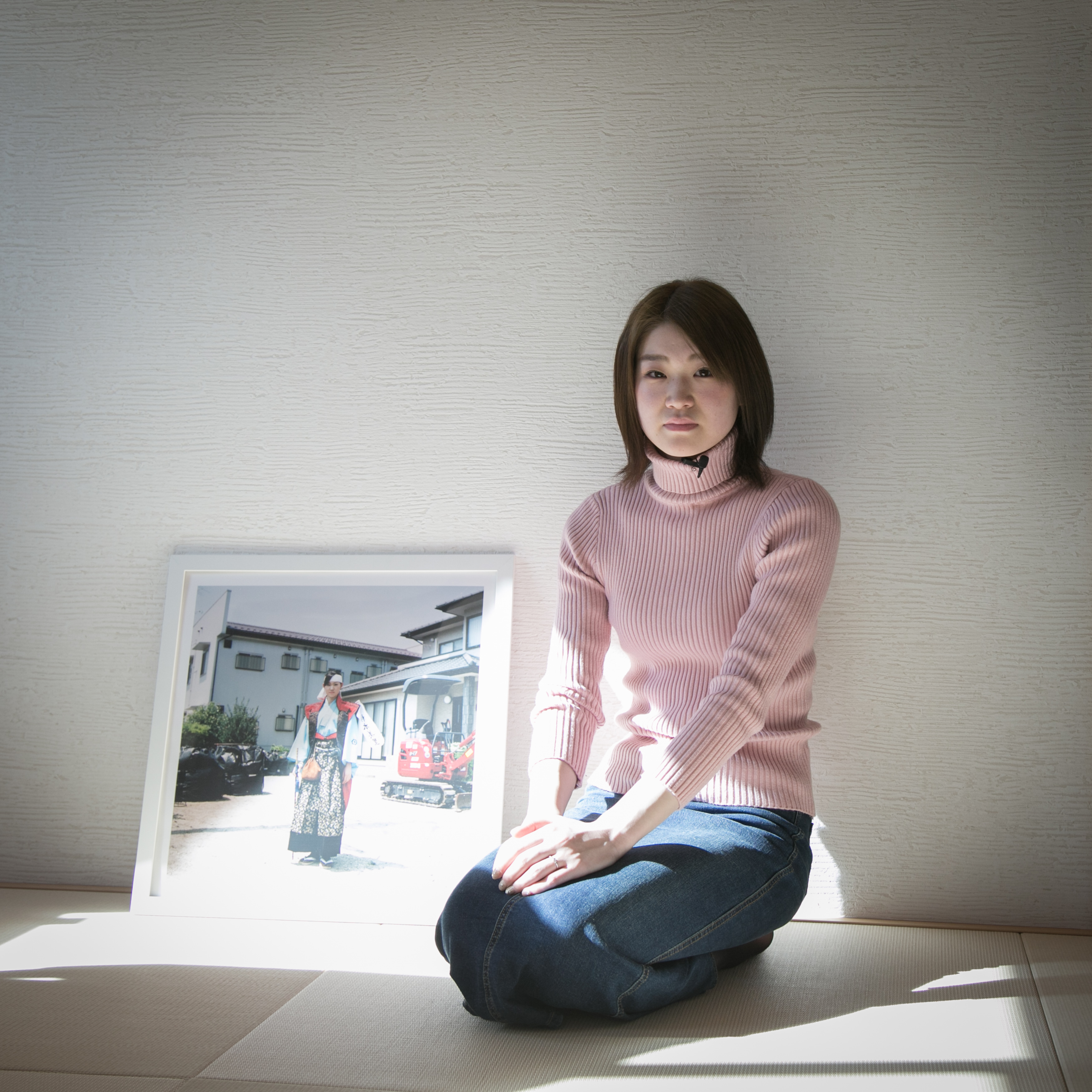
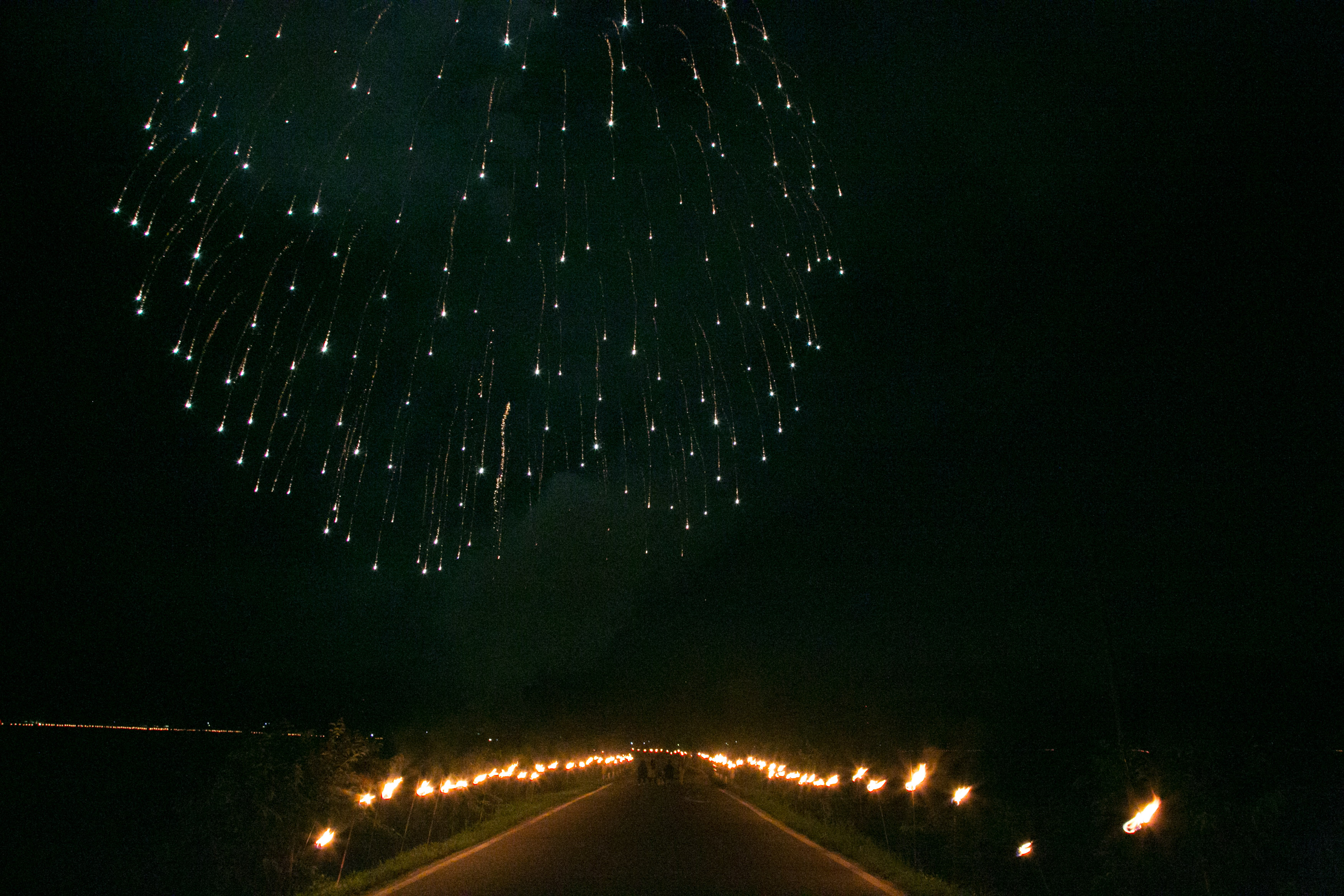
高杉 記子
Noriko Takasugi
Musuhi
A new 400-kilometre-long concrete sea wall has been built on the coast, blocking the ocean view. 337 square kilometers of land lies abandoned, uninhabitable; it will take 30 years to completely dispose of its radioactive contaminated soil. 10 years has past since the Great East Japan earthquake and nuclear meltdown in Fukushima and next decade is coming. 16,000 people passed away due to the disaster, and since then, we have more than 3,700 “related death” which caused by indirect reason, including suicide despaired in the future. The disaster made us rethink how much we have been arrogant treating nature and insensitive about the threat of nature including nuclear power. At the same time, it made each of us stop and reconsider "myself", how to live, why I live, and think about my identity. This project have been watching how we have been living for 10 years since the disaster, through focusing on the small region where Nomaoi hold in the coast side of Fukushima near the Fukushima Daiichi Nuclear Plant. Nomaoi is an annual celebration of Samurai culture that is about 1,000 years old. Right after the disaster in 2011, Nomaoi samurai returned from emergency shelters and conducted their ancient rituals with horses despite the huge losses: 1,600 lives, 200 horses, their homes and belongings. I found that the rituals are carried out in any disastrous era, including the 1834 epidemic, the chaos of the 1868 Meiji restoration, the disasters of 2011, and the 2020-2021 pandemic. People have kept conducting the ritual for "praying for the peace of the land" no matter what the state has been. “Musuhi'' is the god from Japanese mythology represents the continuity of the lives. Local gods called “Musubi” means connection of people and land, people each other; this connection extends beyond space and time. The project trying to look at identities and the historical continuous relationship between human-being and the land, through Fukushima where the landscape has been dramatically changing with reconstruction and Nomaoi which has been the strong identity for the people to survive.
bio
Takasugi's works focus mainly on portraits based on the themes of identity and land. Since the Great East Japan Earthquake in 2011, she has continued to visit Fukushima and create works while interacting with local people and museums in the prefecture. Her work has exhibited in nine countries, including “Fukushima Samurai” as an invited artist at the Photoquai Biennale 2015ofMuséeduQuaiBranlyinParis,atAsianWomanPhotographersExhibition“insight” 2018 of the Xie Zilong Photography Museum in China. Her work has appeared Harper's BAZAAR, New York Times, and other publications.
くろちく万蔵ビル 3F



